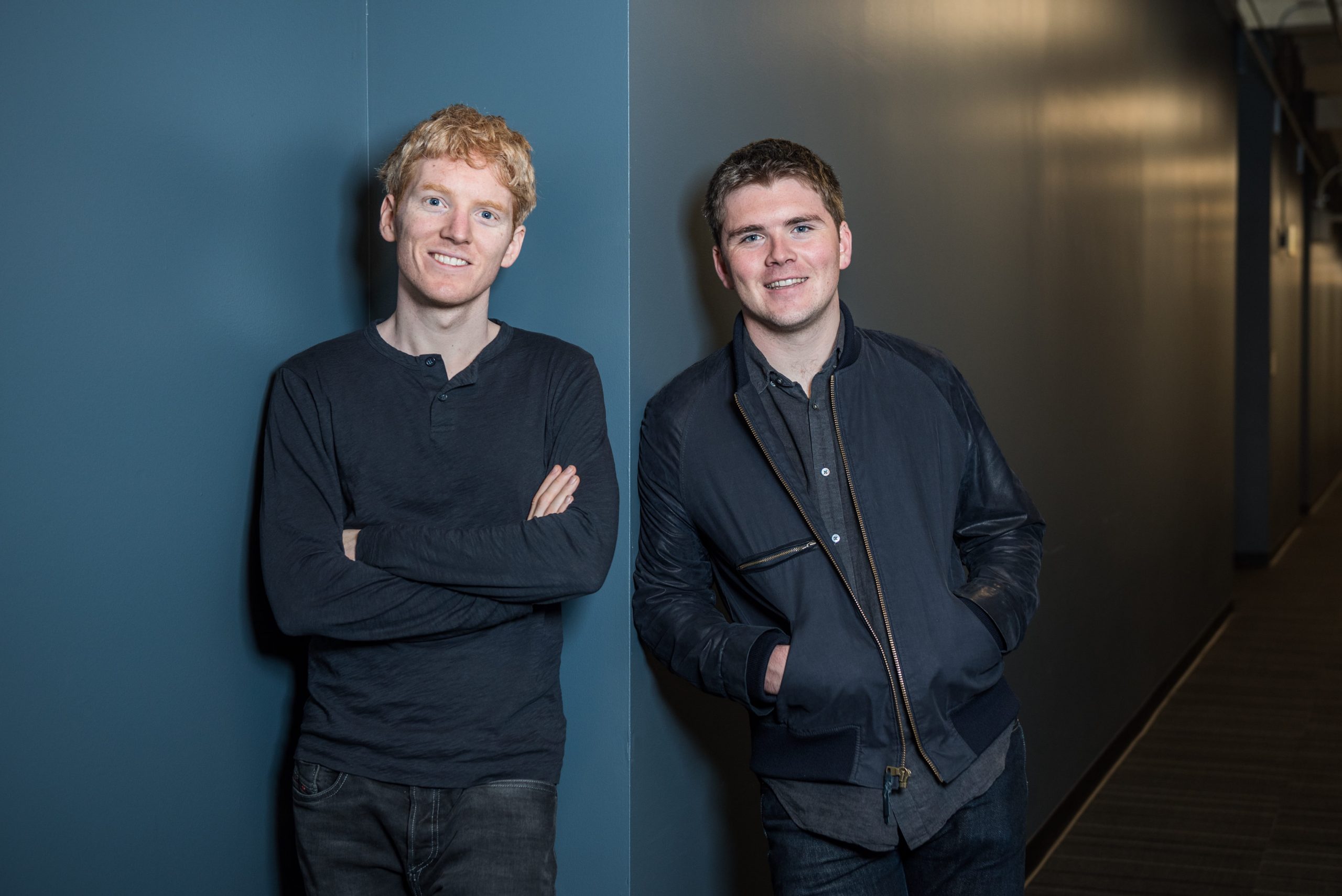In this column, I’d like to use the occasion of St Patrick’s Day to take stock and talk about where we might be heading in terms of our high-potential companies. I’m also going to talk a lot about the recent Stripe announcement and what it might mean for us. St Patrick’s Day is the best day to think about Irishness, about our identities, and about migrations of all kinds. Fintan O’Toole wrote that Ireland’s culture “is not just marked, but actually defined, by the perpetual motion of the people who bear it”. Usually, government ministers are heading away to love…
Cancel at any time. Are you already a member? Log in here.
Want to read the full story?
Unlock this article – and everything else on The Currency – with an annual membership and receive a free Samsonite Upscape suitcase, retailing at €235, delivered to your door.

